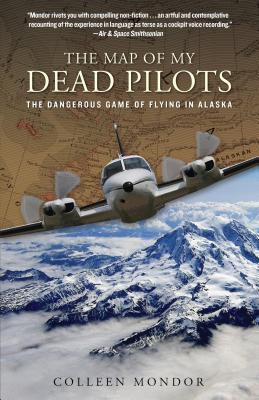What do you think?
Rate this book


256 pages, Kindle Edition
First published November 22, 2011

 It's a book about flying in Alaska, with fascinating and horrifying details of the conditions and life. It's full of stories both funny and tragic. Sometimes these are the same stories.
It's a book about flying in Alaska, with fascinating and horrifying details of the conditions and life. It's full of stories both funny and tragic. Sometimes these are the same stories.